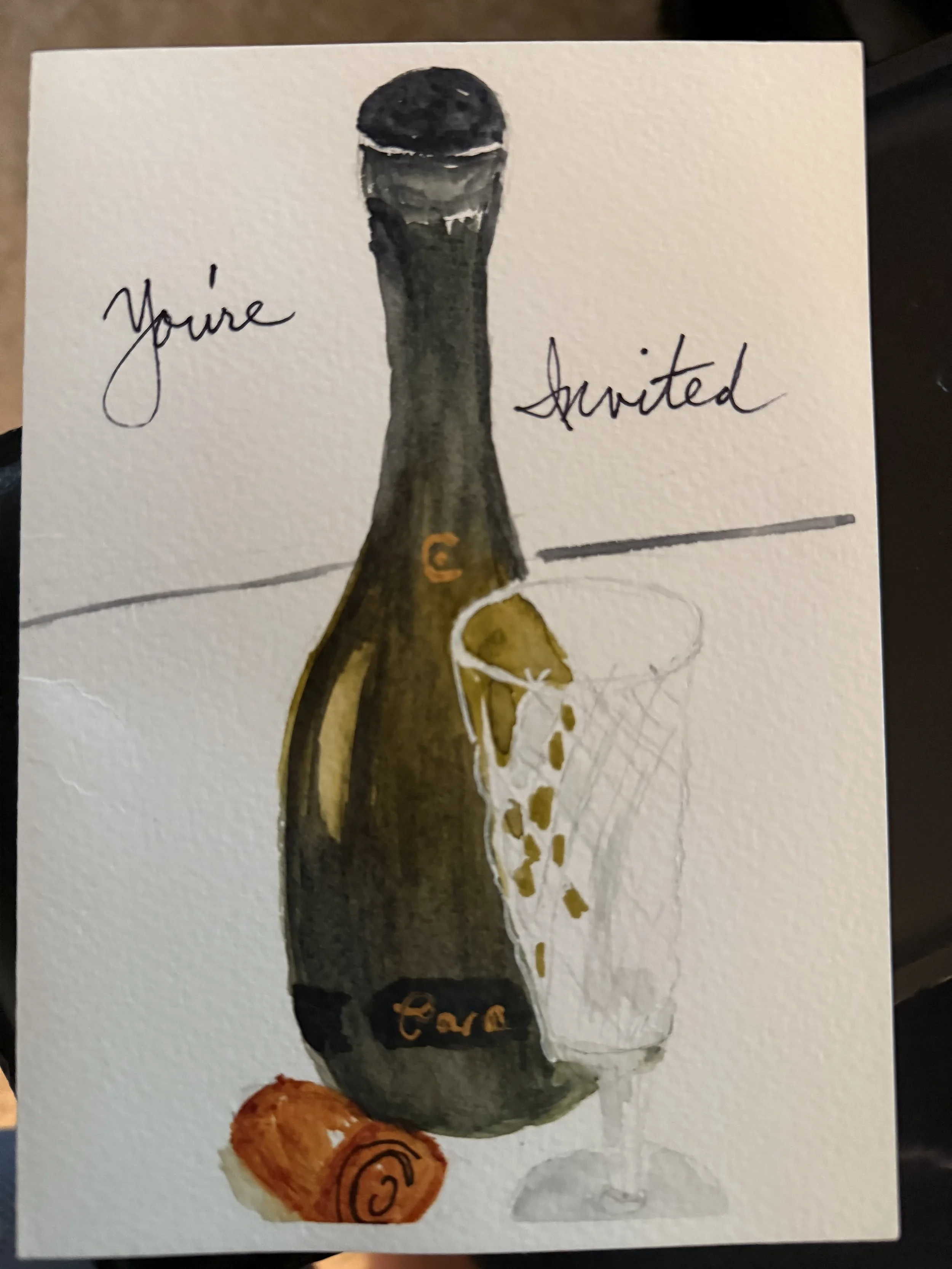This Week in Bridge
(586) 2-Way New Minor Forcing and Wolff Signoff
© AiB Robert S. Todd
Level: 8 of 10 robert@advinbridge.com
General
New Minor Forcing is an excellent convention for continuing the auction when Opener has shown a balanced hand that is weaker than opening 1NT. But after a New Minor Forcing bid, the auction often gets complicated if we don’t go straight to game. It can be confusing whether we are inviting game or trying to make a slam try – which bids are forcing and which bids are non-forcing? 2-Way New Minor Forcing is an upgrade to New Minor Forcing that allows Responder to better describe their hand and simplify and clarify the rest of the auction.
2-Way New Minor Forcing
The change from playing 1-Way NMF to 2-Way NMF is in all auctions that begin 1X – 1Y – 1NT (where X and Y are any bids by our side), both 2♣ and 2♦ now become artificial bids.
2♣* - Usually invitational values. A forced relay to 2♦*, after which Responder will further describe their hand.
2♦* - Game Forcing New Minor Forcing. Not 10+ points, but now 12+ points.
2♦ Artificial Game Forcing Bid
This 2♦ bid can be a little dangerous in auctions like:
Opener Responder
1♦ 1♠
1NT 2♦*
because we are bidding Opener’s suit as an artificial, game forcing bid, and it can easily be forgotten.
After the 2♦* artificial game forcing bid, the bidding is relatively straightforward – the same as it was over traditional New Minor Forcing (1-way NMF.)
Opener’s Priority List
1. Show 3-card support for Responder’s suit.
2. Show 4 cards in the other Major.
3. Show 5 cards in a minor.
4. Notrump shows nothing else to say.
2♣* Relay to 2♦*
If Responder wants to correct the auction from 1NT to 2♦, they can now do so not by bidding to 2♦, but by bidding 2♣* as a relay to 2♦* and then passing.
But what if Responder doesn’t pass 2♦? They show more information about their hand – shape and invitational values. Let’s look at the meaning of these bids in general and through some examples.
Example 1 – General
Opener Responder
1X 1Y
1NT 2♣*
2♦*
Any bid is natural and Invitational. In some cases, there is more than one way to make these bids.
Example 2 – Follow-ups
Opener Responder
1♣ 1♠
1NT __?
2♣* Relay to 2♦*. To play in 2♦ or some invite.
2♦* Artificial, game forcing.
2♥ 5+♠, 4+♥, 6-9 pts. Pass or correct.
2♠ 5+♠, 6-9 pts. To play.
2NT Invitational
3♣ 5+♣, 6-9 pts. To play
3♦ 5+♦ (5+♠ by Inference), game forcing.
3♥ 5+♥ (5+♠ by inference), game forcing.
3♠ 6+♠, game forcing.
3NT To play
4♣ Gerber (or Minorwood, based on agreement.)
4♦ **Unusual - Self-splinter, 6+♠, S/V ♦ (to discuss with partner.)
4♥ **Unusual – Either 6-5 Majors or Self-splinter (to discuss with partner.)
4♠ To play
4NT Quantitative
Example 3 – Invite
Opener Responder
1♣ 1♠
1NT 2♣*
2♦* __?
Pass With 6-9 points and long ♦ (usually 6+cards)
2♥ 5+♠, 4+♥, Invitational values (9-11 pts.)
2♠ 5+♠, Invitational, 10-11 pts.
2NT Invitational (2NT directly would be invitational as well.)
3♣ Invitational with 5+♣
3♦ Invitational with 6+♦
3♥ 5-5M, Invitational
3♠ 6+♠, Invitational values
3NT Choice of games (5332)
We can see from this example that Responder can effectively describe their hand with almost any holding, or they can create a game force with 2♦* to allow for a slow auction where they exchange information with the Opener – similar to a 2/1 GF auction.
Responder’s Reverse Example
In some auctions, Responder will also have a reverse available to force the auction. Let’s look at one of these examples as well.
Example 4
Opener Responder
1♦ 1♥
1NT __?
Most bids are similar to before, but we have some Responder’s Reverses available now.
2♠ 4+♠, usually only 4c♠. Game forcing.
2♣* - 2♦* - 2♠ 4c♠, Invitational (usually only 4c♥.)
These auctions are relatively natural and similar to what we would expect.
Note: 2-Way NMF also allows Responder to describe their hand more often (concealing Opener’s hand.) In cases where Responder is dummy (like 3NT) there is a significant advantage to not having disclosed much info about Opener’s shape.
Modified Wolff Signoff
When we upgrade our methods to 2-Way NMF over a 1NT rebid, we should also upgrade our methods in auctions where Opener rebids 2NT.
Example 5 – Strong Rebid
Opener Responder
1X 1Y
2NT
The modern version of this is called Modified Wolff Signoff – let’s see how it works and how it differs from our 1NT rebid agreements.
After a 2NT rebid, Responder’s choices differ from 1NT rebid situations in that there are no invitational hands. Responder’s hand buckets are
Corrective - Wanting to play a different part score than 2NT.
Game Forcing – Looking for the best game.
Slammish – Wanting to explore for more than game.
Responder has similar tools as in the 1NT rebids auctions (2-way NMF) to explore these hand types. This is how it will work after a 2NT rebid:
3♣* relay to 3♦* Used to sign off in 3♦, 3♥, 3♠ (other complex meanings possible.)
3♦* Artificial Game Force (NMF type follow-up bids by Opener.)
3♥ or higher Natural and Forcing
Example 6
Opener Responder
1♦ 1♠
2NT __?
3♣* - 3♦* - 3♠ 6+♠, To play (horrible hand)
3♠ 6+♠, Slammish
4♠ 6+♠, To play (just game)
So in Wolff Signoff auctions, 3♣ is generally used with the weak (corrective) hands. 3♦* is used to obtain more information from Opener for game or slam. Direct bids are natural, forcing, and slam-oriented.
Note: Modified Wolf Signoff (2-Way NMF) can be used to create some complex auctions to handle a variety of interesting hands in experienced partnerships.
Conclusion
Two-Way NMF and Modified Wolff Signoff are excellent upgrades to our bidding system. These changes give up very little and simply allow us to better communicate with partner. Specifically, Responder can now choose between describing their hand or using an artificial game forcing ♦* bid to find out information about Opener’s hand. Try out this upgrade to your bidding system and see how it improves your bidding!




